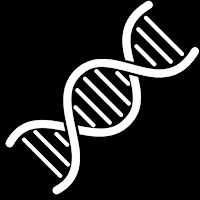Scientists at Department of Stem Cell Biology and Regenerative Medicine at USC has conducted a comprehensive analysis reconstructing how kidneys form these nephrons. The team studied hundreds of human and mouse nephrons at various points along their typical developmental trajectories, comparing important processes that have been conserved during the nearly 200 million years of evolution since humans and mice diverged from their common mammalian ancestor. The study details the similar genetic machinery that underpins nephron formation in humans and mice, enabling other groups of scientists to follow the logic of these developmental programs to make new types of kidney cells.
The human kidney forms around a million nephrons from a pool of nephron progenitors over a 30-week period of development. To establish a framework for human nephrogenesis, scientists spatially resolved a stereotypical process by which equipotent nephron progenitors generate a nephron anlage, then applied data-driven approaches to construct three-dimensional protein maps on anatomical models of the nephrogenic program.
Single-cell RNA sequencing identified progenitor states, which were spatially mapped to the nephron anatomy, enabling the generation of functional gene networks predicting interactions within and between nephron cell types. Network mining identified known developmental disease genes and predicted targets of interest. The spatially resolved nephrogenic program made available through the Human Nephrogenesis Atlas (https://sckidney.flatironinstitute.org/) will facilitate an understanding of kidney development and disease and enhance efforts to generate new kidney structures.
The study details the similar genetic machinery that underpins nephron formation in humans and mice, enabling other groups of scientists to follow the logic of these developmental programs to make new types of kidney cells. All told, there are at least 20 specialized cell types that form the kidney's intricate tubular network, which helps maintain the body's fluid and pH balance, filter the blood, and concentrate toxins into the urine for excretion.
The scientists were also able to determine the precise positions of expressed genes with known roles in Congenital Abnormalities of the Kidney and Urinary Tract (CAKUT). In specific types of cells, the researchers identified networks of interacting genes. Based on these associations, the team predicted new candidate genes to explore in CAKUT and other kidney diseases.




